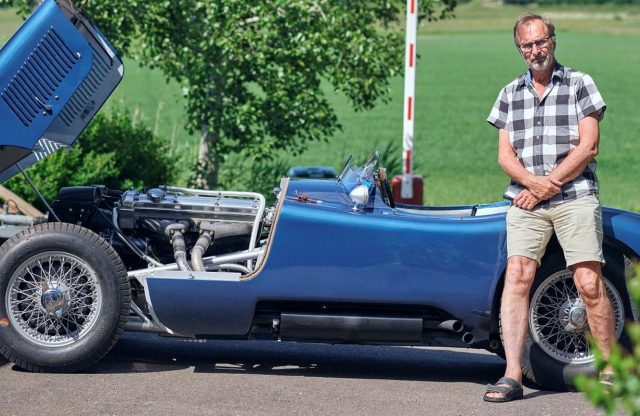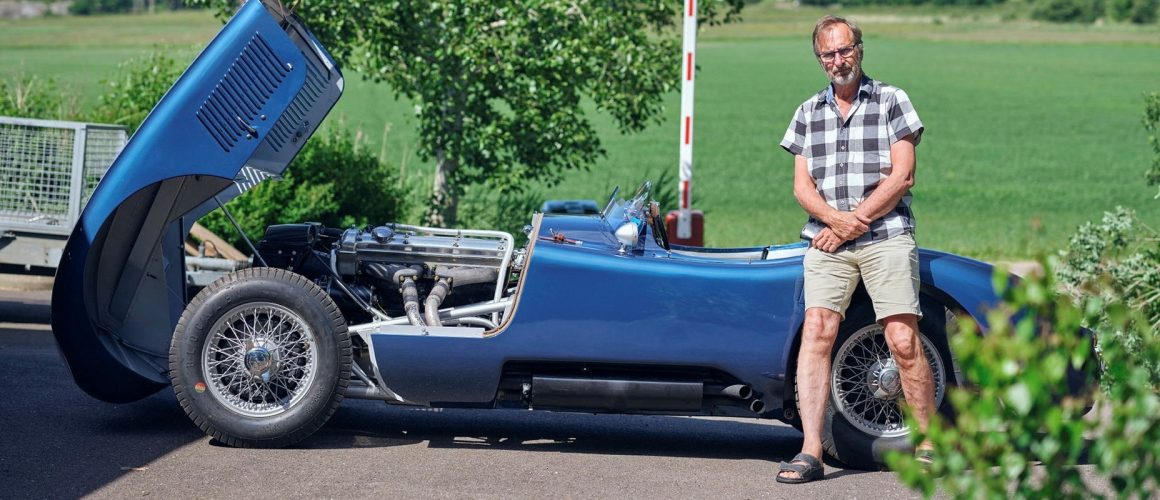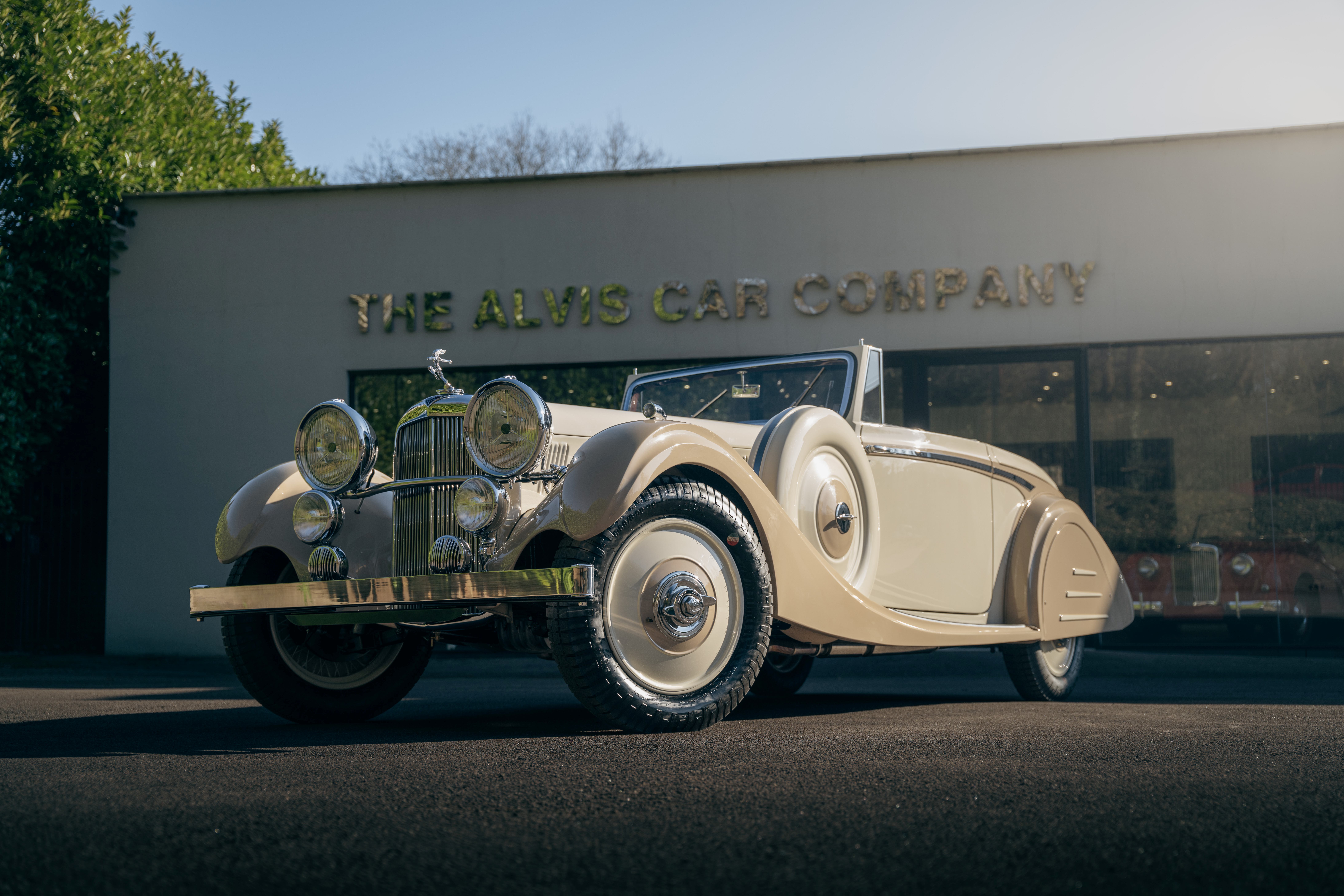WORDS: ELLIOTT HUGHES | PHOTOS: WIKIMEDIA COMMONS/SOCCR FACEBOOK/MATT HOWELL
The decision by a Swedish court in 2021 to back Jaguar Land Rover’s copyright infringement case against Creare AG, a replica C-type builder, has been overturned in the SVEA Court of Appeal in Stockholm.
Jaguar enthusiasts Karl and Ann-Christine Magnusson are the couple behind Creare AG. The Magnussons had built one replica C-type, and planned to build two more for commercial purposes, before abandoning the idea at the request of a letter from JLR in February 2018.
The original 2021 ruling gave copyright protection to the shape of the C-type, in a similar fashion to how the system is applied concerning works of art. The court also ordered the Magnussons to destroy their replica C-type, and held them liable for JLR’s £450,000 legal costs.
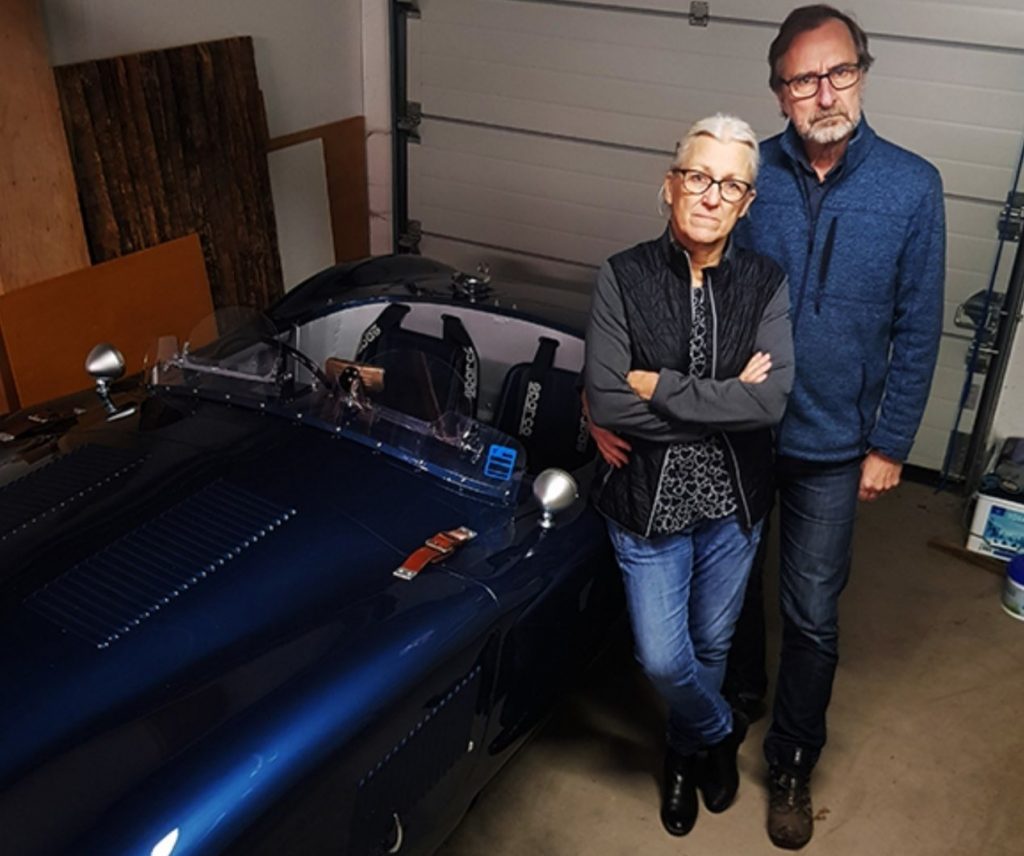
However, the SVEA Court of Appeal has now overturned the verdict because the private use of a copyrighted item is permitted under EU copyright law. Consequently, JLR is now liable for around £800,000 for the Magnussons’ legal costs.
Yet this could be something of a pyrrhic victory for the wider replica industry, because the court still recognises Jaguar’s copyright of the C-type design. In theory, this creates a legal precedent that could prevent the production of third-party replicas for commercial purposes going forward.
When approached by Magneto, JLR declined to reveal whether it plans to appeal the ruling in favour of the Magnussons: “Jaguar Land Rover takes the protection of its intellectual property very seriously, and reserves the right to protect it from those intending to infringe it for profit,” a spokesperson said.

“We are committed to the preservation and heritage of our brands and classic iconic designs, and we are pleased with the court’s decision to recognise our ownership of copyright in the shape of the C-type. The judgement reinforces that JLR has the exclusive right to decide if the shape may be commercially exploited by companies other than JLR.”
The more proactive stance JLR has taken over protecting its historic legacy models started after the marque began creating a series of Continuation models in 2015. This began with E-type Lightweight, followed by XKSS, D-type and, most recently, the C-type.
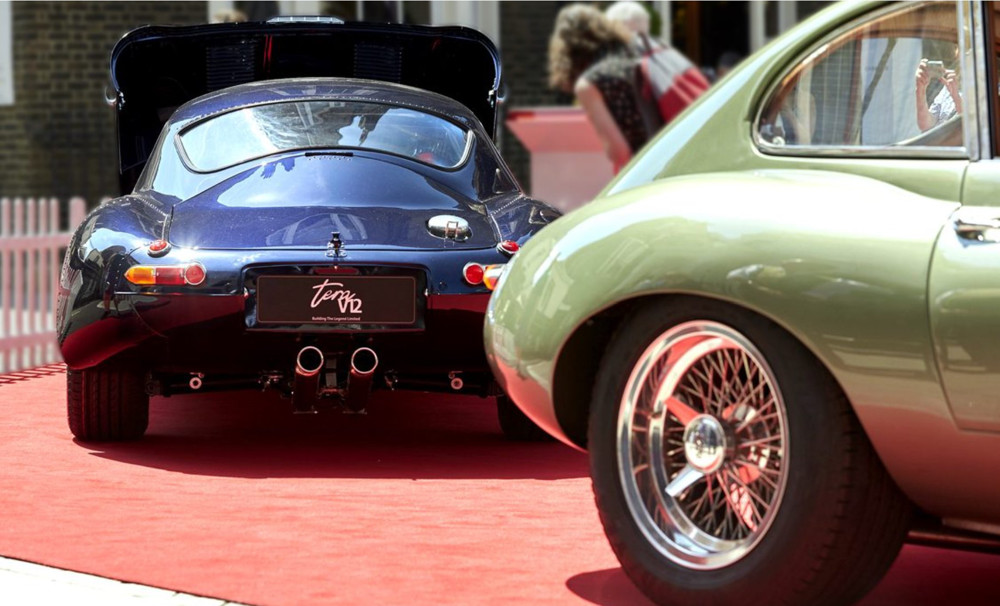
Predictably, other replica manufacturers have taken a dim view of the confrontational approach JLR has pursued in recent years. Neville Swales of Building the Legend welcomed the verdict, but remained concerned about JLR’s ownership of C-type copyright.
“In its haste to set a precedent, JLR has gone after a soft jurisdiction and a very soft target: Sweden doesn’t have a replica industry, and the Magnussons are a retired couple who were basically unprepared,” Neville said. “The overturning of the ruling has proven two things: the first is that you can basically have as many copyrighted cars as you like as long as they are for personal use, and secondly, that Jaguar owns the copyright over the C-type design. Jaguar may have gained the latter, but it has come at an enormous cost.”
In contrast to Sweden, the US, for example, has a mature replica industry, with copies of the Ford GT40 and Shelby Cobra being particularly popular. With insight from a US lawyer, a 2021 Sports Car Market article claimed that JLR was unlikely to have won its claim had the case been heard in the US.
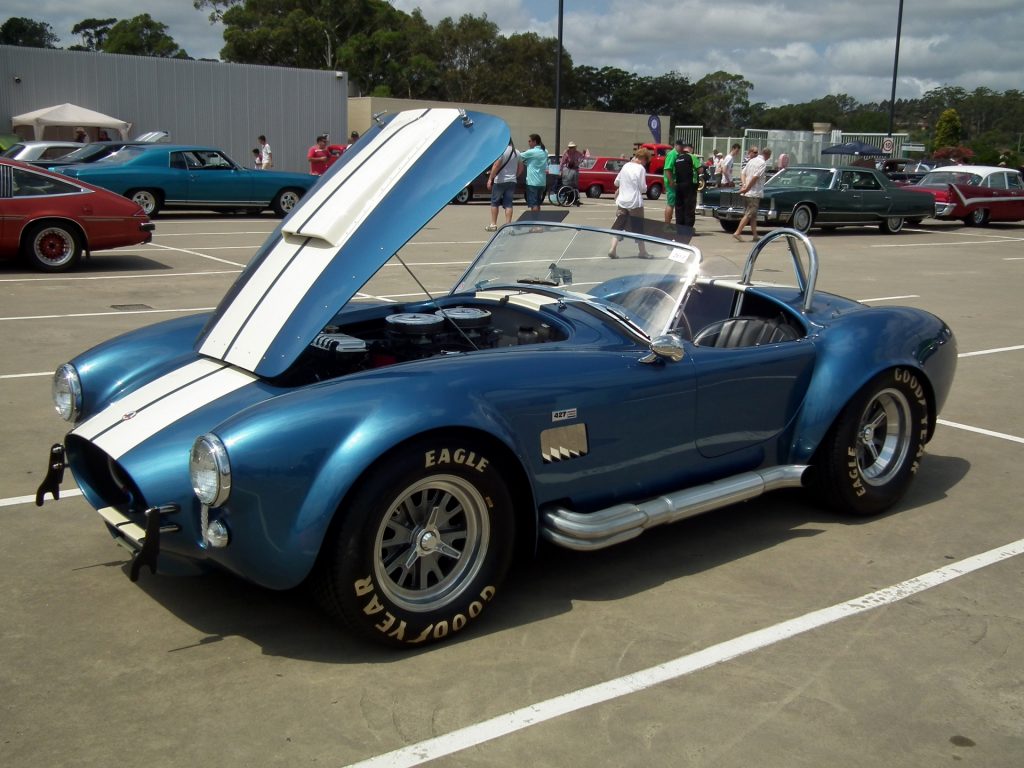
This sentiment is echoed by Healys LLP consultant Clive Robertson, who explained: “The Cobra is among the most replicated cars of all time, due in no small part to a US case prosecuted by Shelby in 2000 against replica-Cobra builder Superformance International. The evidence did not appear to disclose the fact of the design having been originally based upon that of the AC Ace, which, in turn, had been licensed to Shelby. The judge concluded that the necessary ‘distinctiveness’ hadn’t been proven.”
For now, private owners can breathe a sigh of relief, because the nightmare scenario of existing replicas being rendered illegal has been averted. Even so, confusion over the saga looks set to continue, particularly for manufacturers that offer models which mimic or are inspired by the C-type.
